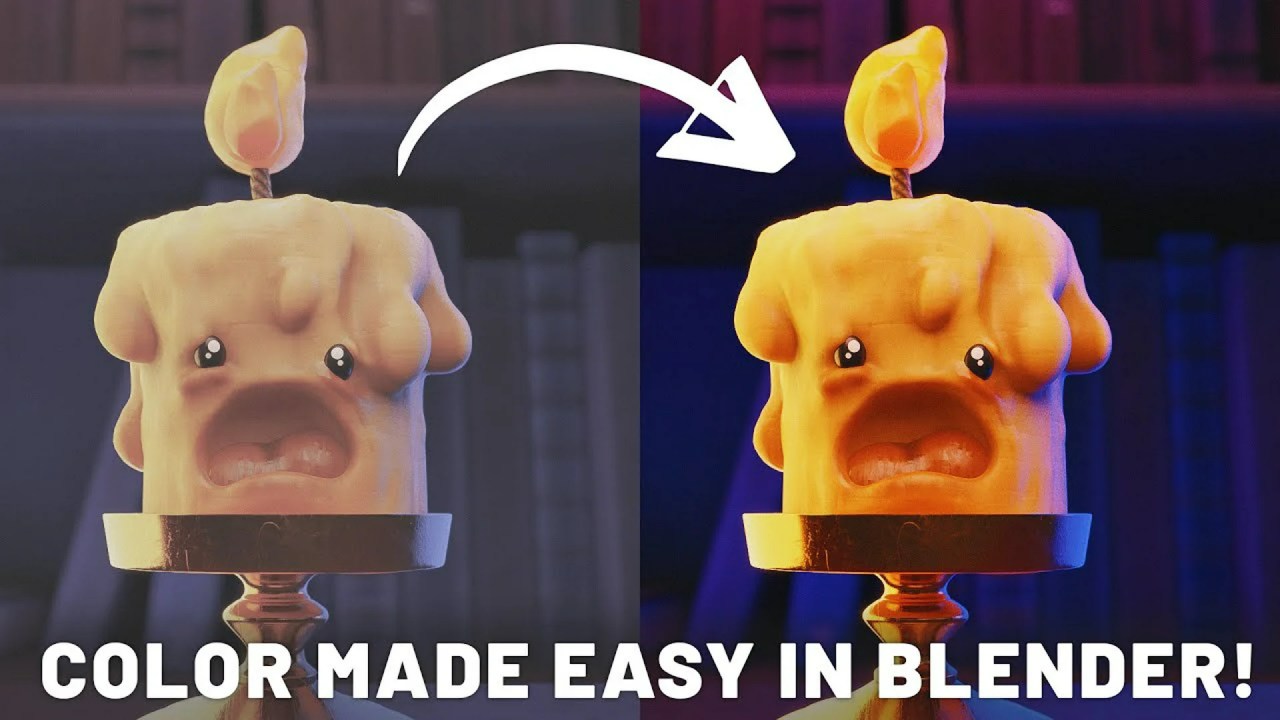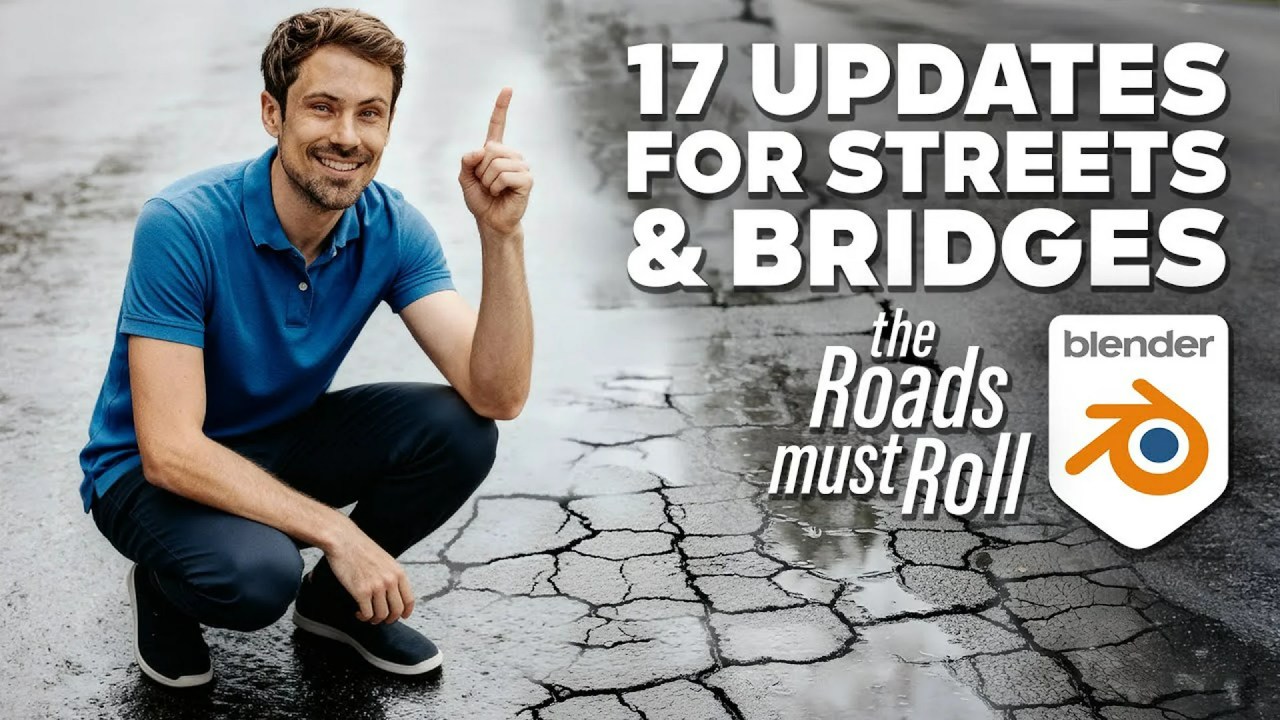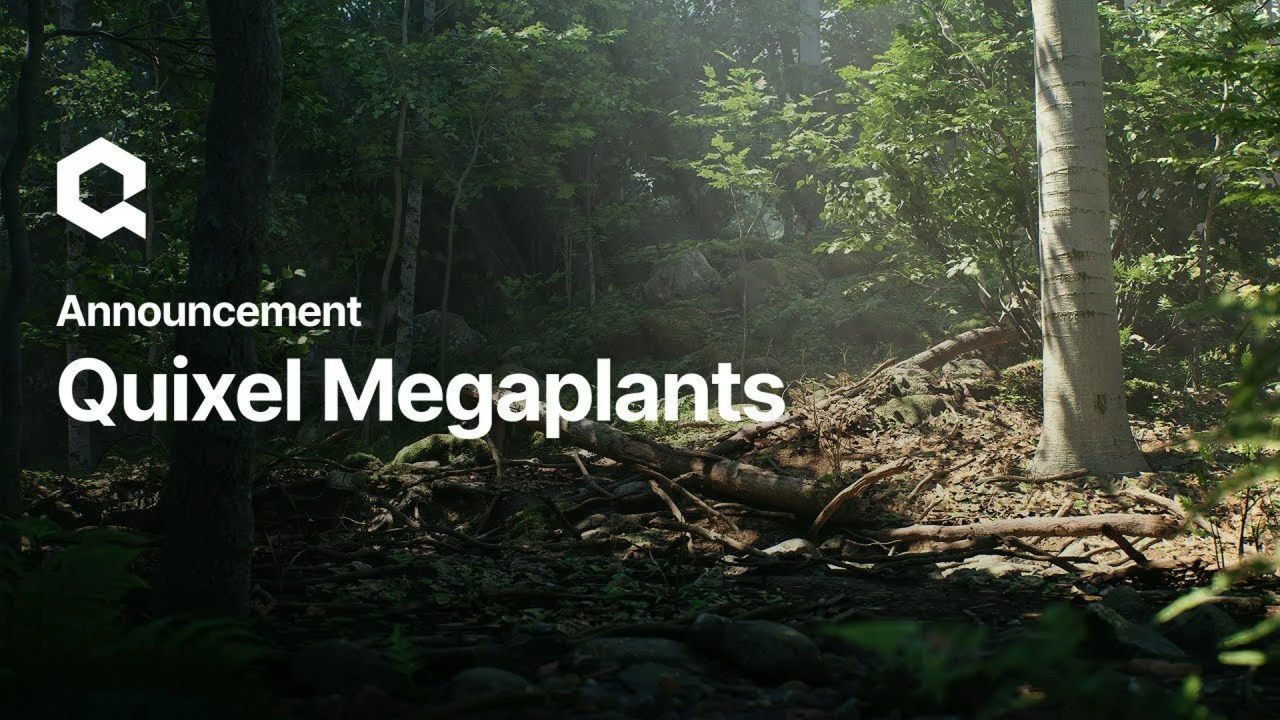Discover why 3D artists are increasingly turning to V-Ray in Blender. Jonas Noell shares his insights on its artist-friendly tools, flexibility, and seamless integration into industry-standard production pipelines, enhancing creative workflows.
In a recent webinar hosted by Chaos, Jonas Noell offered a compelling perspective on the benefits of using V-Ray within Blender. The presentation, tailored for 3D artists and creative professionals, dives into how V-Ray enhances creative workflows through its intuitive tools, adaptable flexibility, and industry-standard compatibility.
Why V-Ray?
Jonas Noell explores the core reasons why artists might find V-Ray an invaluable addition to their Blender toolkit. The tutorial emphasizes several key advantages that V-Ray brings to the table. According to the artist, these advantages can streamline the creative process and integrate seamlessly into established production pipelines.
Artist-Friendly Tools in V-Ray
The tutorial highlights four specific tools within V-Ray that are particularly beneficial for artists. These tools aim to simplify complex tasks and enhance the overall user experience:
- Virtual Frame Buffer: This tool allows artists to view and adjust renders in real-time, providing immediate feedback and facilitating quicker iterations.
- Finite Dome: Simplifies lighting setups, offering a more intuitive way to control environmental lighting in scenes.
- LightMix: Enables users to adjust the intensity and color of lights after the render is complete, offering unparalleled flexibility in post-production.
- Shading Nodes: Provides a node-based system for creating complex and realistic materials, enhancing the visual quality of 3D models.
By focusing on these tools, Jonas Noell illustrates how V-Ray prioritizes user-friendliness without sacrificing power or control. These features collectively contribute to a more efficient and enjoyable creative process for 3D artists.
Flexibility: Lights and Overrides
The presentation underscores V-Ray’s exceptional flexibility, particularly in managing lights and overrides. V-Ray allows for nuanced control over lighting, enabling artists to achieve specific moods and effects with ease. Additionally, the override features provide a way to modify object properties on the fly, without altering the original assets.
According to the video, this level of adaptability is crucial for artists who need to iterate quickly and efficiently. The ability to fine-tune lighting and material properties directly contributes to a more streamlined workflow.
Industry Standard Integration
One of the most compelling reasons to adopt V-Ray, as highlighted in the webinar, is its status as an industry standard. V-Ray’s widespread use in professional production pipelines means that artists familiar with the software can seamlessly integrate into various projects and studios.
Understanding why V-Ray is so widely adopted can be useful. According to Chaos, “V-Ray is used by top studios around the world.” Chaos
The presentation argues that this seamless integration not only enhances an artist’s employability but also ensures compatibility and collaboration across different platforms and projects.
The webinar by Jonas Noell provides valuable insights into why V-Ray is increasingly becoming a go-to rendering solution for Blender users. By focusing on artist-friendly tools, flexibility, and industry-standard integration, the tutorial effectively demonstrates the benefits of incorporating V-Ray into a 3D artist’s workflow.
Source:
Jonas Noell – Blender | Why to use V-Ray for Blender?



